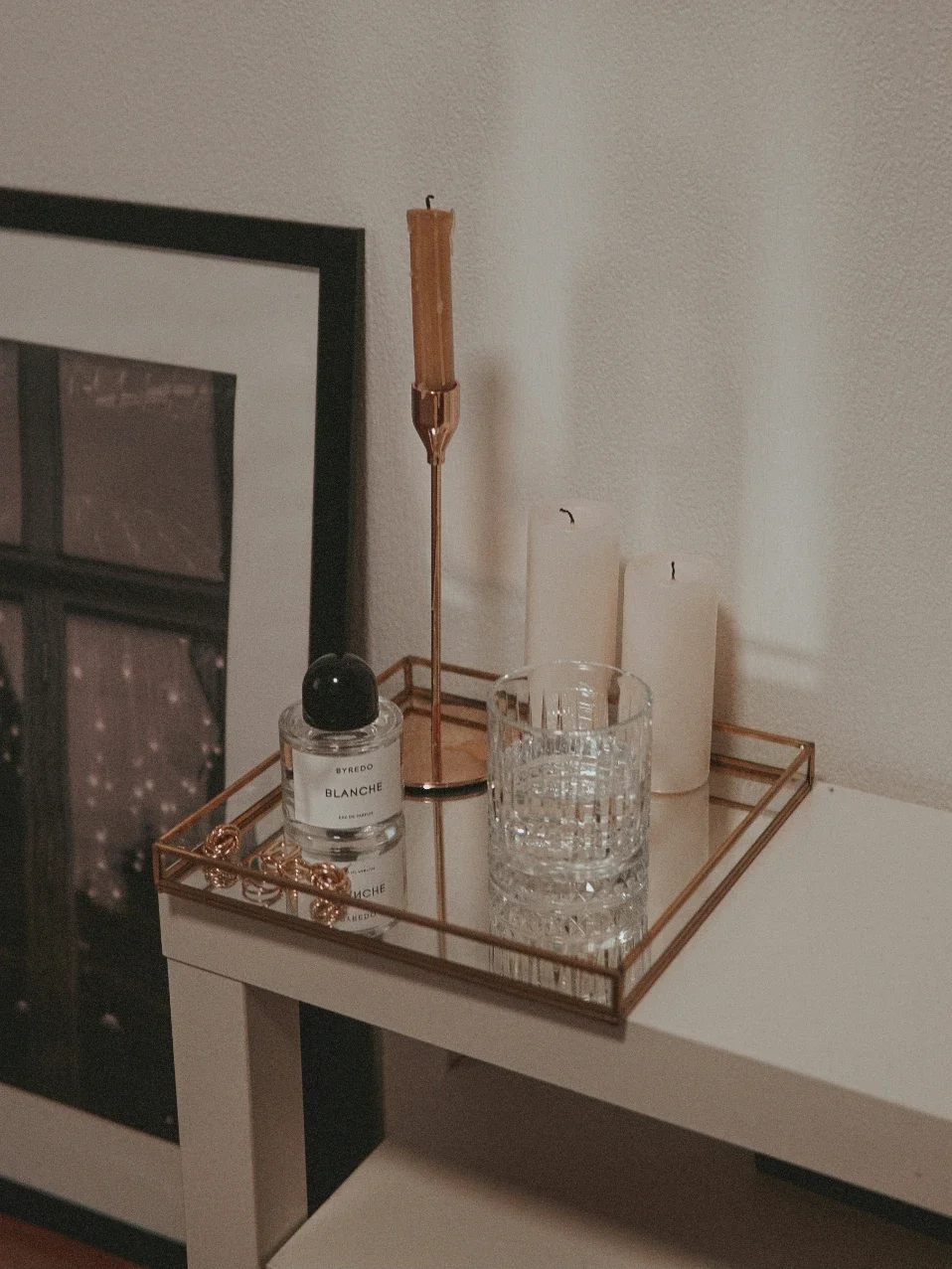What Is a Slab Flattening CNC and How It Works
Learn what a slab flattening CNC is and how it works to create perfectly even wood surfaces for furniture, tables, and custom woodworking projects.
A slab flattening CNC is a computer-controlled machine that makes rough or warped wood slabs perfectly flat. It’s an essential tool for anyone building live-edge tables, countertops, or custom furniture.
Instead of sanding or hand-routing for hours, a CNC router automatically moves across the surface, shaving away high spots until the slab is completely even. The result is precision, speed, and consistency that manual tools can’t match.
1. Why Wood Slabs Need Flattening Before Finishing
Wood slabs often warp, cup, or twist while drying. These natural movements can ruin a tabletop or cause uneven glue joints if not corrected. Flattening ensures both faces of the slab are parallel, giving you a stable foundation for sanding, epoxy pours, or finish coats.
Manual router sleds can handle this, but CNC automation makes the process faster, cleaner, and more accurate — especially for large slabs.
2. How a CNC Router Flattens a Slab Automatically
A CNC router uses motors to move a cutting head precisely along X, Y, and Z axes. Software like Fusion 360 or VCarve generates a “surfacing toolpath,” telling the router to shave off thin layers of wood until the entire surface is level.
Each pass removes a controlled amount of material, resulting in a perfectly flat surface without gouges or dips.
For a practical example of equipment and workflow, see the slab flattening CNC system that shows how automated surfacing can deliver consistent, professional-grade results on large wooden slabs.
3. Step-by-Step: The Slab Flattening Workflow
Step 1: Secure the slab. Clamp or screw the slab to a spoilboard so it stays stable.
Step 2: Zero the machine. Touch off the bit on the slab’s highest point to set your Z-axis start height.
Step 3: Run the surfacing pass. Use shallow cuts (0.5–1 mm) for clean results.
Step 4: Flip and repeat. Flatten the other side for perfect thickness.
Step 5: Finish. Sand tool marks and apply your chosen finish.
4. Key Components of a Slab Flattening CNC Setup
Router or Spindle: Compact routers from Makita or DeWalt handle most hobby-level tasks.
Surfacing Bit: Large-diameter carbide insert bits (Amana Tool, Whiteside) ensure smooth, even passes.
Frame or Gantry: Provides rigidity and precise motion.
Controller and Software: Systems like GRBL, Mach3, or Carbide Motion manage movement.
Dust Collection: Essential for safety and visibility — Oneida and Festool systems are common.
5. Example Project: Flattening a Live Edge Walnut Slab
A 7-foot walnut slab is mounted to a CNC table and surfaced using a 2-inch insert bit. The machine removes about 0.02 inches per pass, taking less than 30 minutes to complete one face. The surface comes out flat, smooth, and ready for sanding — no planing or hand-leveling needed.
6. Maintenance and Dust Control
Flattening creates a lot of fine dust and chips. Keep your setup safe and reliable by:
Using a dust boot and vacuum or cyclone system.
Cleaning rails and bearings after each job.
Inspecting bits regularly for dull edges.
Wearing eye and ear protection during use.
7. Common Questions About Slab Flattening CNCs
How flat can a CNC get a slab?
Usually within ±0.1 mm, depending on setup and calibration.
Can I flatten slabs without a CNC?
Yes — manual router sleds can do it, though more slowly.
What bit should I use?
A 1.5–2 inch carbide insert surfacing bit is ideal for smooth passes.
Do I need CAD/CAM software?
Yes. Software like Fusion 360 or VCarve generates toolpaths for accurate surfacing.
Summing up Slab Flattening CNCs
A slab flattening CNC turns rough, twisted wood into a perfectly level surface ready for finishing. It saves hours of sanding, reduces waste, and produces professional-grade accuracy. Whether you’re working on a single live-edge tabletop or a full furniture line, mastering CNC flattening gives you the foundation every great project needs — a surface that’s flat, true, and built to last.






























